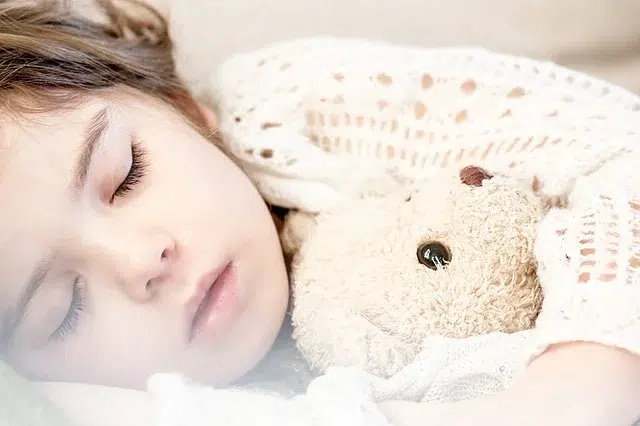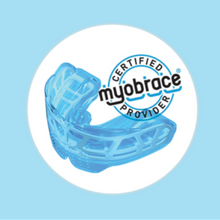How mouth breathing is harming your child’s physical development (and appearance)
You may have heard that habitual mouth breathing can lead to a range of health and behavioural disorders, like sleep apnoea and ADHD. But did you know that mouth breathing also influences how your child looks?
Mouth breathing is a major contributor towards poor jaw development, long faces, and crooked teeth.
Research shows that children who mouth breathe typically have narrow palates, small underdeveloped jaws, a narrow facial structure, overcrowding of teeth, and jaw misalignment.
The reason? In mouth breathers, the maxilla (the bone that forms the upper jaw) grows long rather than wide, increasing the distance between the top of the teeth and the tip of the nose. Mouth breathing leads to low tongue posture to allow intake of air through the airway, which results in vertical growth of the jaw along with a high and narrow upper palate.
The consequences of poor facial and jaw development are not only cosmetic.
When children breathe through their mouth at night, their jaw is forced into an unnatural position for extended periods. This can lead to teeth grinding and the development of an overbite or an underbite. Gum inflammation, tooth decay, and dental complications are also more likely with mouth breathing. Mouth breathing is even linked to poor posture and speech impediments.
Suddenly, what seemed like a harmless habit doesn’t seem so harmless anymore.

There’s help at hand for your child’s mouth breathing problems.
Following a thorough assessment, we may recommend Myobrace treatment for your child. Myobrace is a simple and effective pre-orthodontic treatment that is used for just 1-2 hours each day, and overnight while sleeping. The benefit of the Myobrace removable appliance is that treatment can begin when there is still the opportunity to influence growing jaws and teeth. That means no more waiting until your child hits their sensitive teenage years to start orthodontic treatment.
The Myobrace appliance selectively applies pressure reshaping the growing jaw over time. Children are active participants in their treatment using a fun, interactive app to follow the Myobrace activities. These painless activities are cleverly designed to encourage nasal breathing, correct tongue placement, and realignment of your child’s teeth to their natural position.
We will see your child regularly to monitor progress and make any adjustments that may be required as part of a personalised treatment plan.
The earlier your child gets an orthodontic evaluation, the better.
Mouth breathing is highly treatable when diagnosed early. The optimal age for successful pre-orthodontic treatment is between four and ten years old, before head and neck development is complete.
If your child’s mouth usually rests in the open position; they have chronic congestion and allergies; they have cracked lips; or they have crowded teeth; there’s a good chance they are a mouth breather. Your first step should be to make an appointment for an orthodontic evaluation. Alternatively, complete the form below if you’d like one of our friendly team members to get in touch with you.
Reference(s):
– Jefferson Y. (Jan 2010), Mouth breathing: adverse effects on facial growth, health, academics, and behavior. [online]
– Masahiro Sano, Sayaka Sano, Noriyuki Oka, Kayoko Yoshino and Toshinori Katob (Dec 2013), Increased oxygen load in the prefrontal cortex from mouth breathing: a vector-based near-infrared spectroscopy study. [online]
– Patrick McKeown (June 2016) Shut your Mouth and Change your Life, TEDxGalway
– JF Dental (March 2014), How breathing influences your teeth. [online]




